From basic training to field training, officers are told, "Watch the suspect's hands." But you are not taught how to do it. Why haven't law enforcement trainers developed an easily understandable method to teach you the specifics of hand-movement awareness? Mike "Ziggy" Siegfried explains how, and shows three scenarios – reaching for a gun, reaching for a knife, and reaching for a wallet to show ID. Also, please view " How to Watch the Hands " for an in-depth article on this topic.
How to Watch the Hands: 3 Scenarios
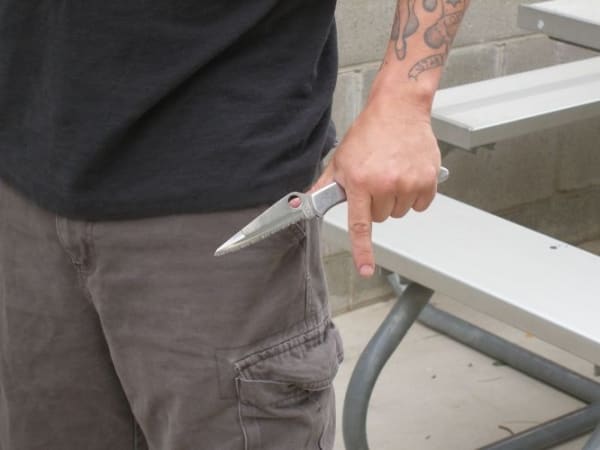
Movements of the hands away from the center of the body where the thumb and index finger are extended are less of a threat than movements where the thumb and index fingers are moving to the center of the body.
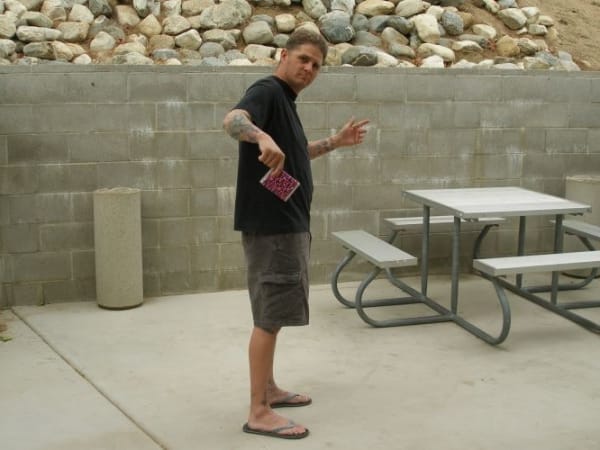
Tell a suspect to use only his thumb and forefinger to slowly remove his wallet.

A subject holding up open hands, even in an aggressive manner, is less of a threat because he can't easily reach a weapon.

Have a subject turn sideways so you can see what he is retrieving from his pocket.

A person might seem to be innocently reaching for an ID, when in fact he's reaching for a gun.

To bring a weapon into play, a suspect must make two movements with his hand. First, the thumb and index finger move toward the center of the body. Next, the elbow moves out from the body.
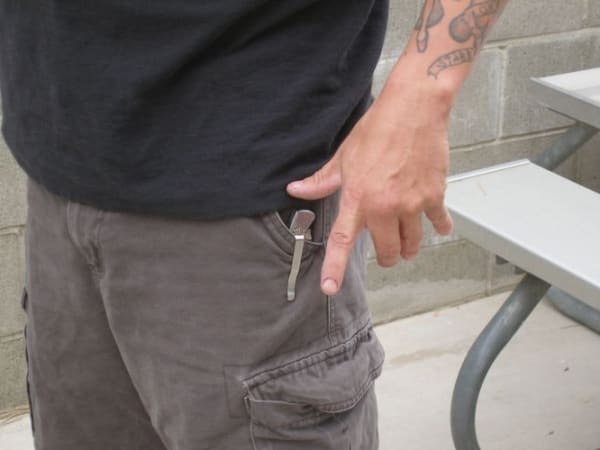
When approaching a subject, focus on movements of the thumb, index finger, and elbow.

By focusing on certain telltale movements, officers can perceive when a weapon might be coming into play and respond accordingly.
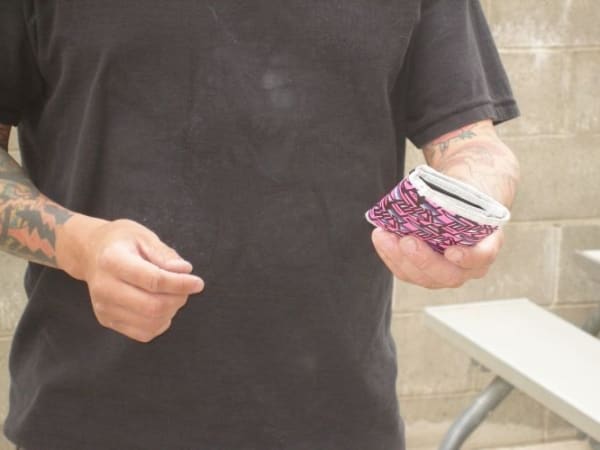
Many agencies do not take wallets from contacts prior to arrest. This is a good practice, because it limits the subject's ability to allege that an officer took something, such as money, from the wallet during the initial contact.
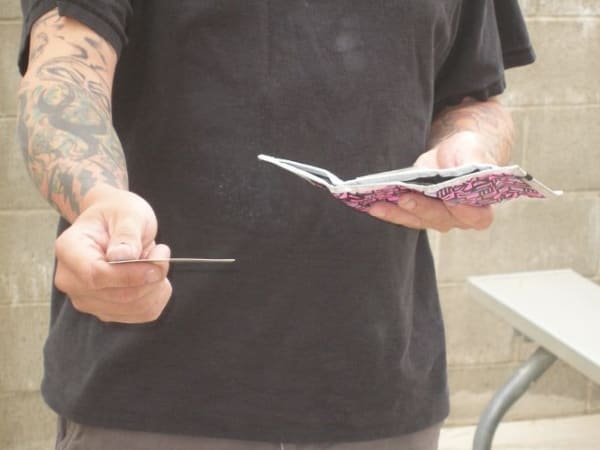
Once the wallet is out, tell the subject to remove his identification.
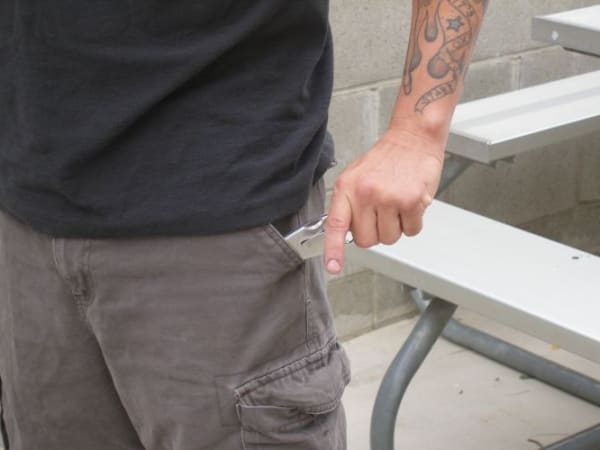
One underutilized technique is forecasting the hand movements of a contact.

Look for the way the hand is positioned in relation to the body for signs that a subject is going for a weapon.

